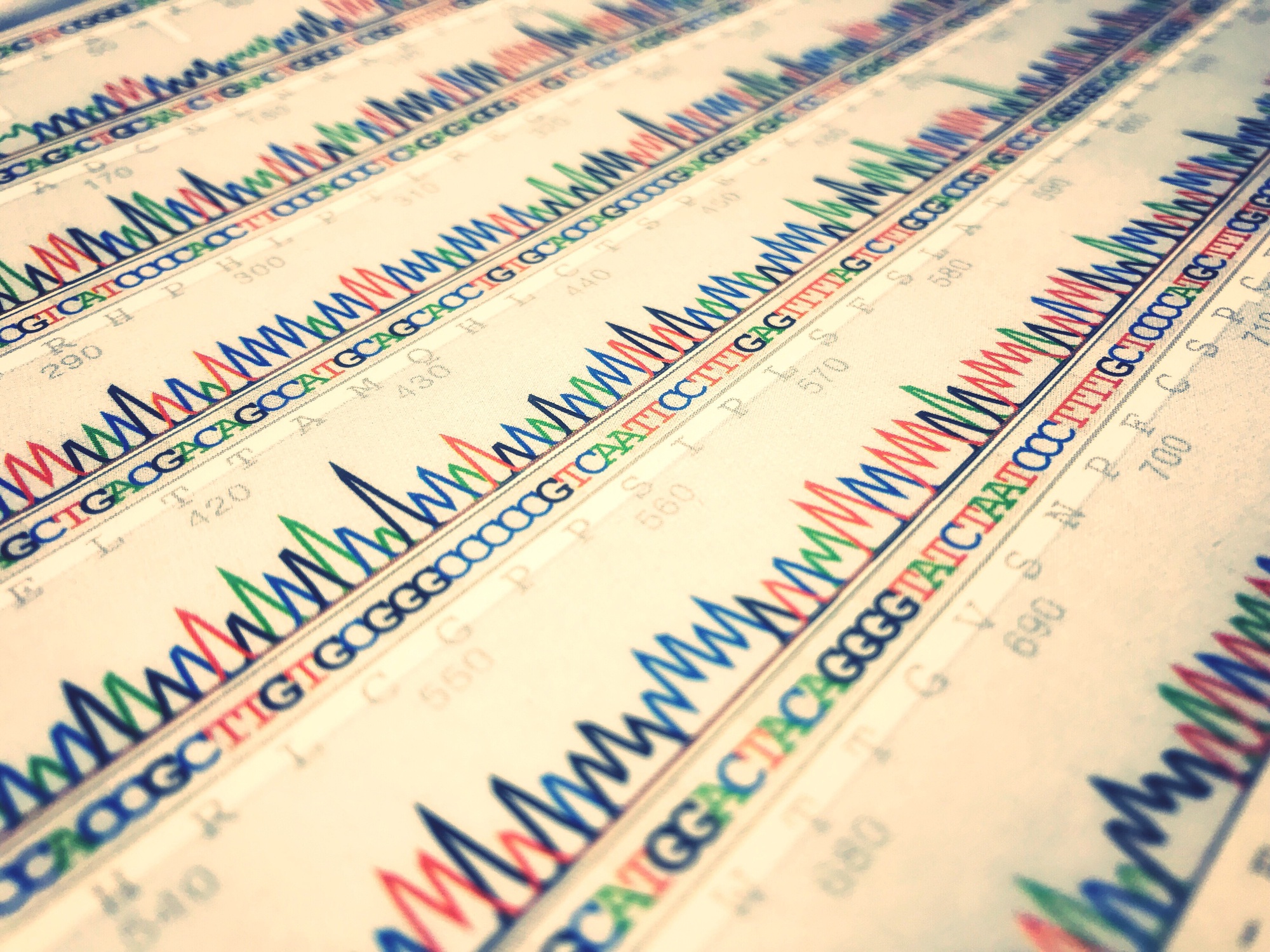In today’s digital age, the need for innovative, long-lasting data storage solutions is greater than ever. One groundbreaking approach is storing digital data in DNA—the molecule that carries the blueprint of life. Recent advances now show that artificial intelligence (AI) can decode data stored in DNA in minutes instead of days, opening new horizons for speed, efficiency, and reliability.

The Promise of DNA Data Storage
What It Is:
DNA data storage involves translating digital bits (0s and 1s) into sequences of four nucleotide bases—adenine, thymine, cytosine, and guanine. This method can pack enormous amounts of information into a very small physical space. Imagine storing billions of terabytes of data in just a few grams of DNA!
Key Benefits:
- Incredible Density: DNA’s molecular scale allows for a storage capacity far exceeding that of conventional media.
- Longevity: Properly preserved DNA can last thousands of years, making it ideal for archival purposes.
- Energy Efficiency: Unlike energy-hungry data centers, DNA storage requires no continuous power, contributing to a greener future.
AI in the Spotlight: Accelerating Data Decoding
Traditionally, decoding DNA to retrieve digital data was a painstaking, error-prone process. Sequencing errors and chemical noise could delay decoding for days. AI is now changing the game:
- Error Correction: Advanced AI algorithms quickly identify and correct sequencing mistakes, ensuring that the digital data is accurately reconstructed.
- Speed: By automating complex error-detection processes, AI slashes decoding times from days to minutes.
- Adaptability: Machine learning models continuously improve, adapting to different DNA synthesis and sequencing techniques to further enhance performance.
Enhancements and Future Directions
While speeding up the decoding process is a major achievement, several additional innovations are paving the way for widespread adoption:
- Improved Encoding Strategies: Modern error-correcting codes and data compression techniques are being refined, ensuring that information is stored more reliably and efficiently.
- Cost Reduction and Scalability: Researchers are developing new methods for more affordable DNA synthesis and faster sequencing, making it possible to scale up the technology for commercial use.
- Hybrid Storage Solutions: In the future, DNA storage may complement traditional systems. AI could dynamically manage data across multiple storage media, optimizing for speed, cost, and security.
- Environmental Impact: With minimal energy requirements and long-term stability, DNA data storage offers a sustainable alternative to conventional, power-intensive data centers.

Frequently Asked Questions
Q1: What exactly is DNA data storage?
A1: DNA data storage converts digital information into the genetic code of DNA. By mapping binary data into the four nucleotide bases, it enables extremely dense, long-lasting, and energy-efficient data archiving.
Q2: How does AI improve the decoding process?
A2: AI enhances decoding by rapidly detecting and correcting errors in DNA sequences. This reduces the time required to translate DNA back into digital data—from days to mere minutes—while ensuring high accuracy.
Q3: What challenges remain for DNA data storage technology?
A3: Key challenges include reducing the high costs of DNA synthesis and sequencing, perfecting error-correction techniques, and scaling the technology for integration with existing digital systems.
Conclusion
The fusion of DNA data storage with AI represents a significant leap forward in how we preserve our digital world. By combining the natural advantages of DNA with the precision and speed of artificial intelligence, this technology promises a future where massive amounts of data can be stored securely, sustainably, and accessed almost instantaneously. As research continues and costs decline, the prospect of using DNA as a primary medium for data storage is becoming increasingly realistic, heralding a new era in information technology.
Sources NewScientist


